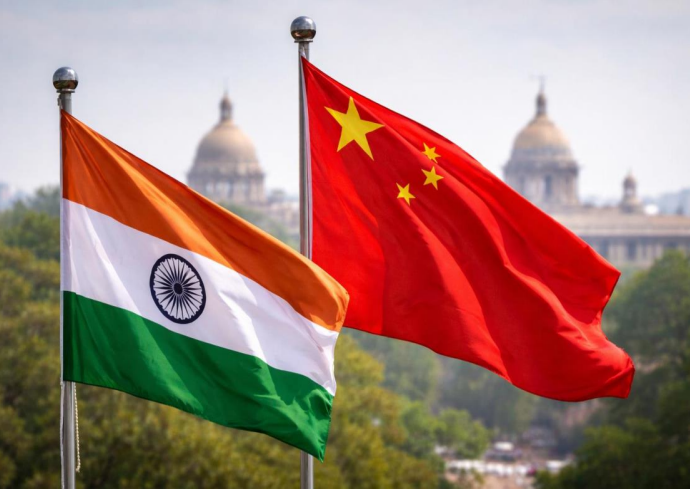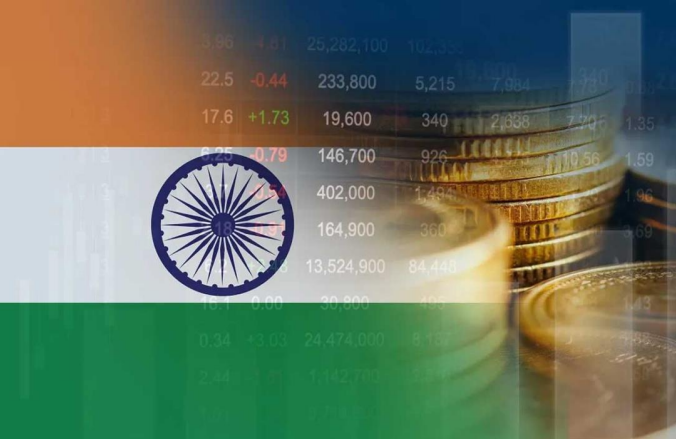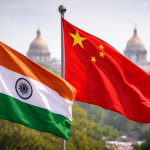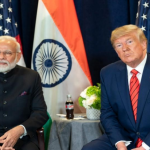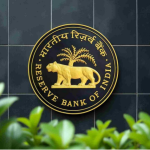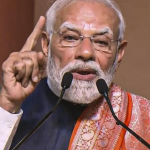As negotiations for a highly anticipated Free Trade Agreement (FTA) between India and the United States enter their critical final phase, India is making a fervent, high-stakes push for the complete elimination of tariffs on its labour-intensive exports. According to a recent analysis by the Global Trade Research Initiative (GTRI), this resolute stance is a calculated combination of economic strategy and crucial domestic political considerations. Without duty-free access for key sectors like garments, footwear, carpets, and leather goods, the proposed deal risks becoming politically "unsellable" in India.
These labour-intensive sectors are vital to India's economy. Dominated by small and medium enterprises (MSMEs), they are significant employment generators across several Indian states, including Uttar Pradesh, Tamil Nadu, Gujarat, and West Bengal. In Fiscal Year 2025, these sectors collectively contributed over USD 14.3 billion to India's exports to the U.S. However, they currently face substantial U.S. tariffs, ranging from 8% to 20%, with garments and footwear being particularly affected. This places Indian exporters at a distinct disadvantage in the competitive American market.
While India has demonstrated flexibility by offering to reduce its Most Favoured Nation (MFN) duties on U.S. goods as part of the FTA, Washington has shown reluctance to reciprocate fully. GTRI's analysis highlights that the U.S. appears unwilling to scrap either its high MFN tariffs or the country-specific duties, which currently stand at a steep 26%. Instead, the U.S. has proposed a limited reduction to 10%, a surcharge that, according to GTRI, could effectively negate any meaningful market access gains for Indian exporters.
This imbalance has raised significant concerns in India, fostering a perception that the FTA, if concluded under the current terms, would disproportionately favour American exporters. Adding to the complexity, the U.S. Congress's lack of fast-track trade authority limits Washington's ability to offer broad tariff concessions, further complicating negotiations.
India's broader export profile to the U.S. in FY2025 stood at USD 86.5 billion, marking an 11.6% increase from the previous year. Medium labour-intensity sectors, such as electronics, chemicals, automobiles, and jewellery, accounted for USD 44.6 billion of this trade, facing moderate U.S. tariffs of 2% to 5%. In contrast, low labour-intensity exports, including pharmaceuticals and heavy machinery, totaling USD 17.3 billion, already benefit from minimal tariffs (below 2%) and are not central to India's current demand.
India's negotiating position asserts that full tariff elimination is not merely an economic demand for equitable trade, but also a crucial component of its social development goals. These include large-scale employment generation, the empowerment of MSMEs, and increased economic participation by women. Indian negotiators have cautioned that if the U.S. insists on maintaining high tariffs while India significantly reduces its own, the deal risks being perceived as "lopsided and politically untenable" at home.
This strategic push underscores India's commitment to ensuring that any bilateral trade agreement serves its comprehensive national interests, encompassing both economic growth and social inclusivity. The outcome of this tariff negotiation will be a significant indicator of the depth and fairness of the long-anticipated India-U.S. FTA.


